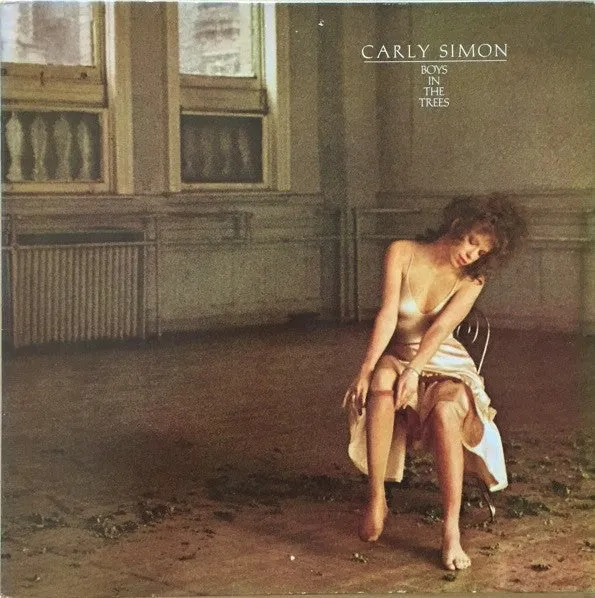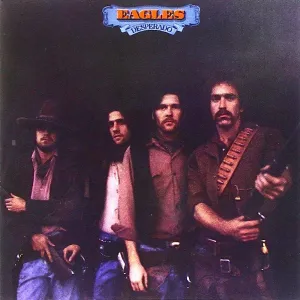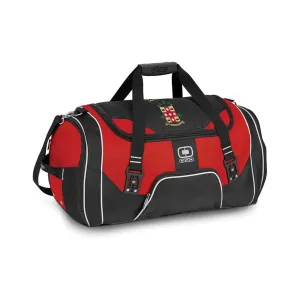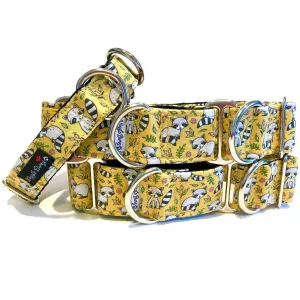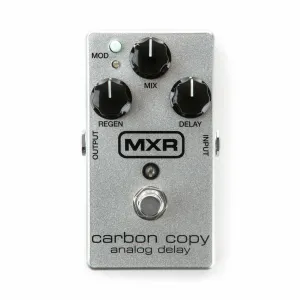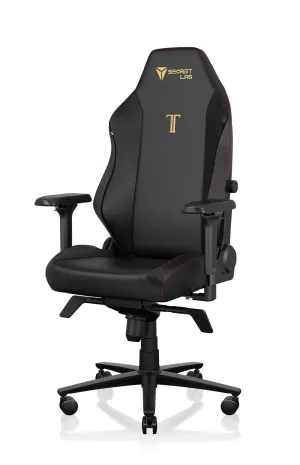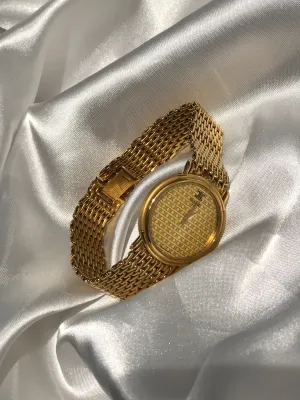This vintage Elektra pressing has the kind of Tubey Magical Midrange that modern records can barely BEGIN to reproduce. Folks, that sound is gone and it sure isn't showing signs of coming back. If you love hearing INTO a recording, actually being able to "see" the performers, and feeling as if you are sitting in the studio with the band, this is the record for you. It's what vintage all analog recordings are known for -- this sound.
If you exclusively play modern repressings of vintage recordings, I can say without fear of contradiction that you have never heard this kind of sound on vinyl. Old records have it -- not often, and certainly not always -- but maybe one out of a hundred new records do, and those are some pretty long odds.
What The Best Sides Of Boys in the Trees Have To Offer Is Not Hard To Hear
- The biggest, most immediate staging in the largest acoustic space
- The most Tubey Magic, without which you have almost nothing. CDs give you clean and clear. Only the best vintage vinyl pressings offer the kind of Tubey Magic that was on the tapes in
- Tight, note-like, rich, full-bodied bass, with the correct amount of weight down low
- Natural tonality in the midrange -- with all the instruments having the correct timbre
- Transparency and resolution, critical to hearing into the three-dimensional studio space
No doubt there's more but we hope that should do for now. Playing the record is the only way to hear all of the qualities we discuss above, and playing the best pressings against a pile of other copies under rigorously controlled conditions is the only way to find a pressing that sounds as good as this one does.
What We're Listening For On Boys in the Trees
- Energy for starters. What could be more important than the life of the music?
- Then: presence and immediacy. The vocals aren't "back there" somewhere, lost in the mix. They're front and center where any recording engineer worth his salt would put them.
- The Big Sound comes next -- wall to wall, lots of depth, huge space, three-dimensionality, all that sort of thing.
- Then transient information -- fast, clear, sharp attacks, not the smear and thickness so common to these LPs.
- Tight punchy bass -- which ties in with good transient information, also the issue of frequency extension further down.
- Next: transparency -- the quality that allows you to hear deep into the soundfield, showing you the space and air around all the instruments.
- Extend the top and bottom and voila, you have The Real Thing -- an honest to goodness Hot Stamper.
Big Studio Sound
Even though there is a fair amount of processing going on -- credit for being a bit heavy-handed with the studio wizardry -- we still very much enjoy the sound he created for this recording. It’s not drowning in echo like some of her early albums, and it’s not shrill and hard sounding like some of her later ones. All things considered, this may be the best sound she got during the mid- to late 70s (along with Another Passenger). The sound is dynamic and transparent, with low distortion and solid bass -- pretty much all the stuff you need for an audiophile-quality pop album.
Frequency Extension Is Key
Compared to the average pressing, this one has noticeably more ambience, more presence in the midrange, and better bass. One key element is extension on the top end. Most copies have little to none, but when you find a copy with real highs, it opens up the stage and adds just the right harmonic shimmer to all the instruments placed upon it. The acoustic guitars sound particularly good here, with just the right balance of pluck and body.
Hi-Hat Listening Test
Carly’s soulful version of "You Belong To Me" is what made this album a Must Own back in the day. As we were listening to the song over and over on copy after copy it became clear that the better pressings allowed us to clearly hear the drummer’s hi-hat within the dense mix of this heavily produced pop song. On most copies it’s buried and all but inaudible. If the pressing you own is full-bodied and tonally correct, and you can easily hear the contribution of the hi-hat within the mix, you have a copy with the kind of transparency that few we played managed.
The Half-Speed Mastered Version
Last time we played one we said:
"I dropped the needle on this record and the sound was very transparent and sweet. Probably quite a bit better than the average American copy."
This is the most you can hope for with even the best Half-Speeds: transparency and freedom from distortion. The sound will almost always be compressed and lifeless, a ghost of the real thing, which means that the emotional weight of the music will be missing, as well as any reason to be playing the album.
Vinyl Condition
Mint Minus Minus and maybe a bit better is about as quiet as any vintage pressing will play, and since only the right vintage pressings have any hope of sounding good on this album, that will most often be the playing condition of the copies we sell. (The copies that are even a bit noisier get listed on the site are seriously reduced prices or traded back in to the local record stores we shop at.)
Those of you looking for quiet vinyl will have to settle for the sound of other pressings and Heavy Vinyl reissues, purchased elsewhere of course as we have no interest in selling records that don't have the vintage analog magic of these wonderful recordings.
If you want to make the trade-off between bad sound and quiet surfaces with whatever Heavy Vinyl pressing might be available, well, that's certainly your prerogative, but we can't imagine losing what's good about this music -- the size, the energy, the presence, the clarity, the weight -- just to hear it with less background noise.

